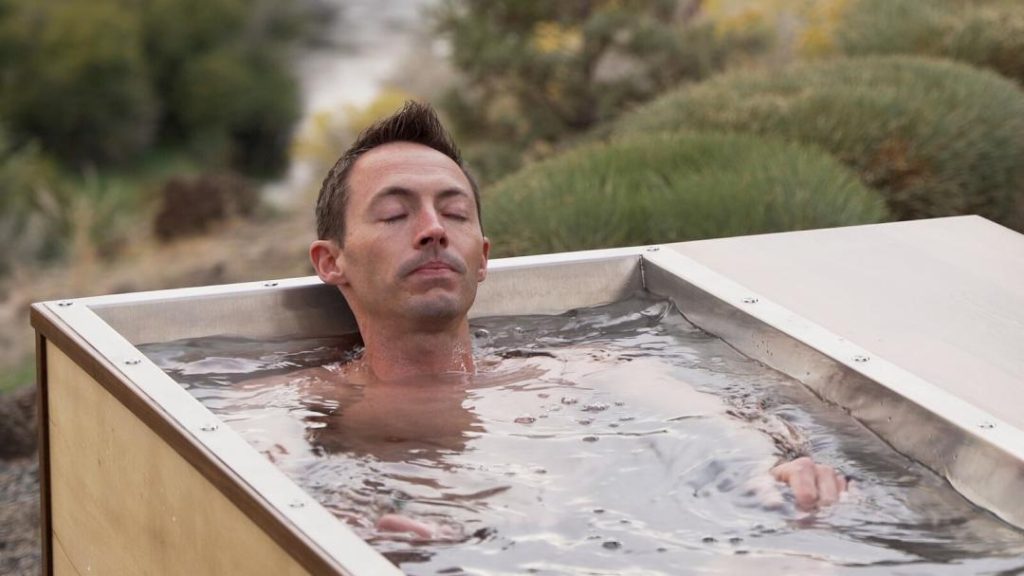
Hot and Cold Baths Offer No Training Benefit: Study
For years, athletes have sworn by the benefits of taking hot and cold baths as a way to aid in recovery and improve performance. From professional athletes to recreational runners, the practice of alternating between scorching hot and icy cold water has become a staple of many fitness regimens. But a new study published in the European Journal of Applied Physiology has thrown a wrench into the works, suggesting that these methods may not provide the performance benefits many expect.
The study, which was conducted over the course of 15 weeks, involved 20 male athletes who were divided into three groups: one that took hot baths, one that took cold baths, and a placebo group that simply sat in room temperature water. The athletes were instructed to take their respective baths three times a week, and were also given a standardized exercise routine to follow.
The results, which were published in the European Journal of Applied Physiology, found that none of the groups showed any significant improvement in short-term recovery or long-term training results compared to the placebo group. In other words, the athletes who took hot baths, cold baths, or room temperature baths all performed equally well in terms of recovery and performance.
So, what does this mean for athletes who have been using hot and cold baths as a way to aid in recovery? The study’s findings suggest that these methods may not be as effective as previously thought, and that athletes may be wasting their time by incorporating them into their routine.
But before we dismiss hot and cold baths entirely, it’s worth noting that the study had some limitations. For one, the group size was relatively small, which can make it difficult to draw sweeping conclusions. Additionally, the study only looked at the effects of hot and cold baths on short-term recovery and long-term training results, and did not examine other potential benefits, such as reduced muscle soreness or improved mental clarity.
Despite these limitations, the study’s findings are likely to raise some eyebrows among athletes and fitness enthusiasts who have sworn by the benefits of hot and cold baths. So, what are the alternatives? If hot and cold baths aren’t the key to unlocking improved performance, what is?
In reality, the science is still out on the best methods for aiding in recovery and improving performance. While hot and cold baths may not be the answer, there are many other techniques that have been shown to be effective. These include:
- Foam rolling and self-myofascial release: These techniques involve using a foam roller or your own body weight to release tension in your muscles and improve circulation.
- Compression garments: Wearing compression clothing, such as tights or sleeves, can help improve blood flow and reduce muscle soreness.
- Massage: Whether it’s a professional massage or a DIY self-massage, using your hands or a tool to manipulate your muscles can help reduce tension and improve recovery.
- Active recovery: This involves engaging in low-intensity exercise, such as cycling or swimming, to help promote blood flow and aid in recovery.
Ultimately, the key to improving performance and aiding in recovery is likely to be a combination of these techniques, rather than relying on a single method. So, the next time you’re tempted to jump into a hot or cold bath, consider trying out some of these alternatives instead. You might be surprised at how effective they can be.
Source:
https://thepfc.club/blogs/news/do-ice-baths-or-hot-baths-really-help-with-recovery






